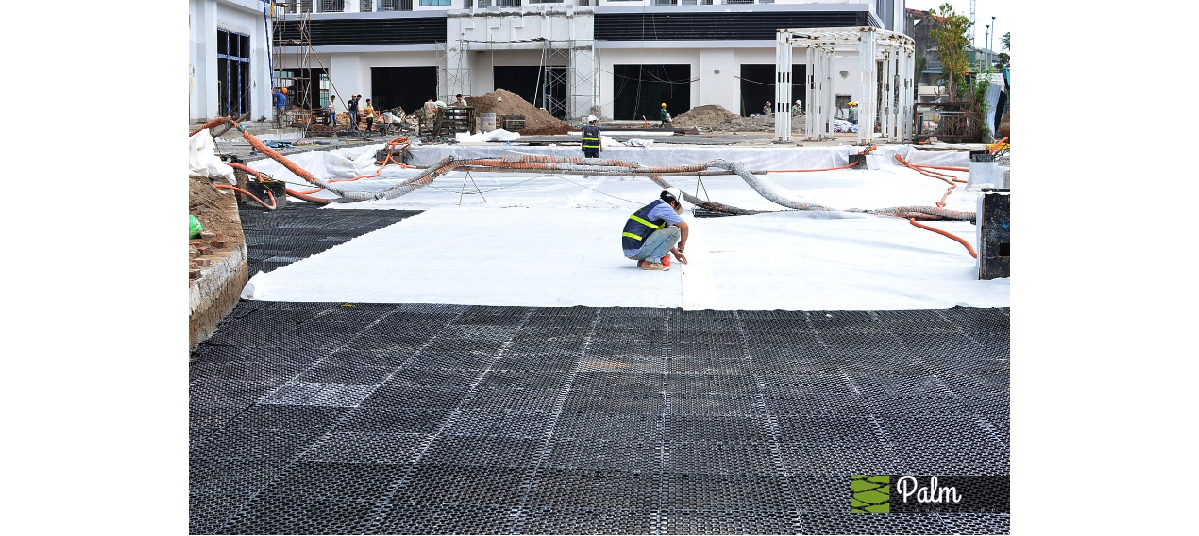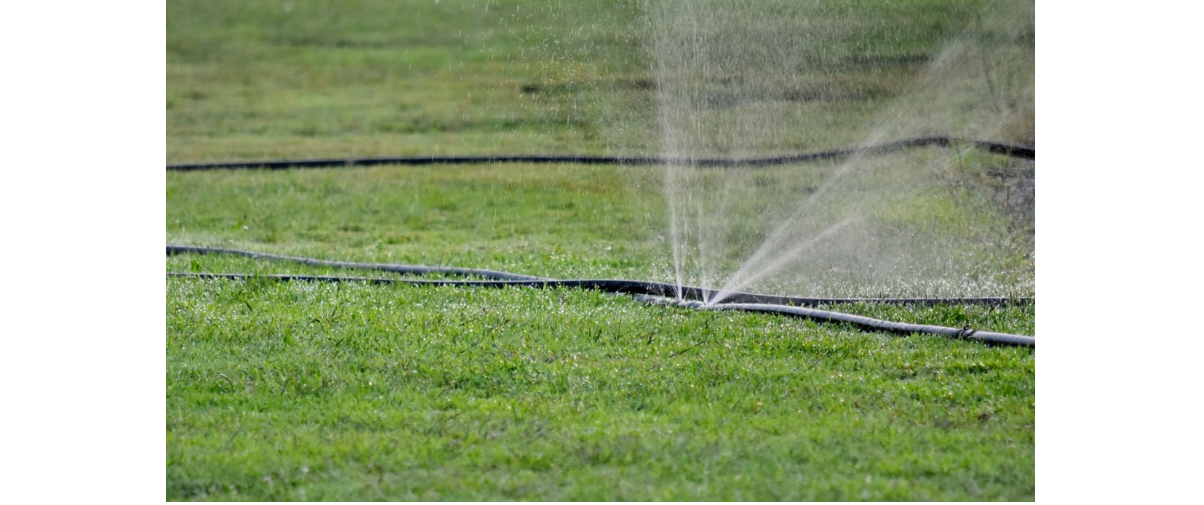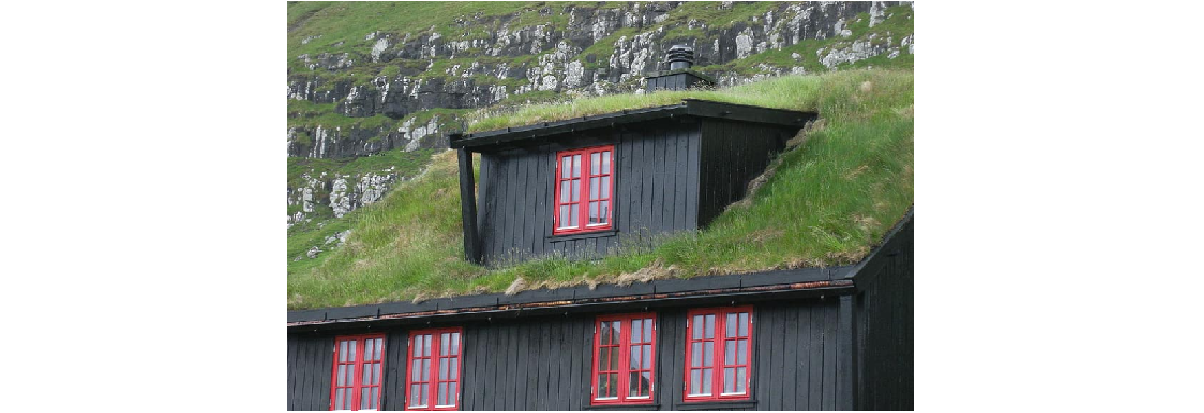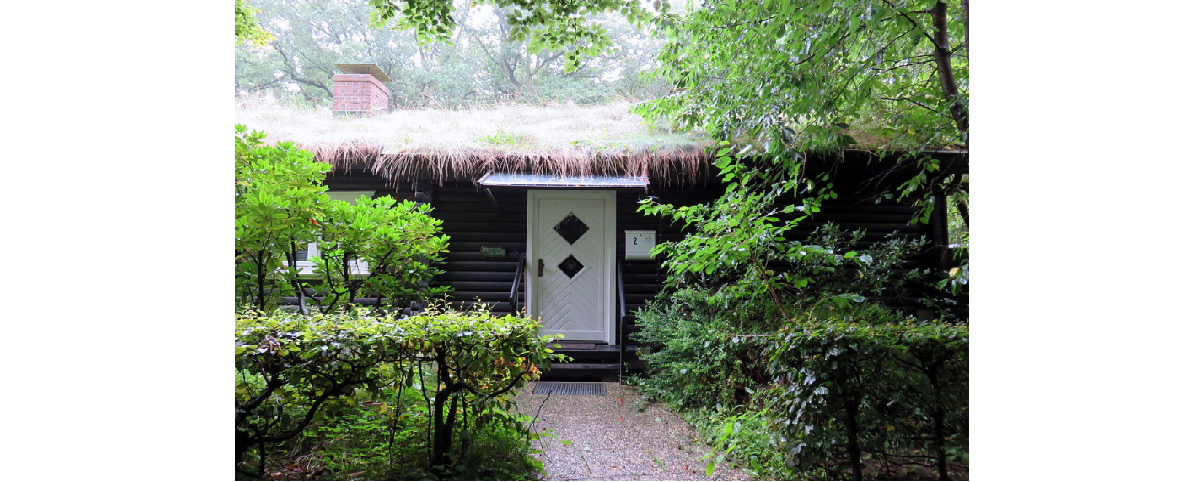What is a green roof?
The green roof design is an extension of the current roof that requires a waterproofing with high quality, drainage system, irrigation system, filter cloth, soil, and plants. There are two types of green roof: intensive and extensive.
Intensive green roofs are used frequently on commercial buildings, called rooftop gardens. Usually, these larger buildings need greater coverage and integration of a range of plant types and shapes. Because of its medium depth of planting, which is generally 15 cm - 1 m or even more, this form of a vegetated roof can support larger plants such as trees.
By comparison, an "extensive" green roof is a thinner, smaller, lighter version that looks more like a regular roof (range from 4 to 15 cm deep). It could be flat or sloped. Sedum (stonecrop), grasses, or other plants with fibrous roots are often to be planted. Many "semi-intensive" green roofs are home to many plant species, including flowers and native grasses.

Source: Resitrix
Myth No.1: It is expensive and complex to install a green roof
Lack of expertise can make many people think that it is expensive and sophisticated. However, finding a professional and suitable team can reduce costs in the short and long term. Building a roof garden depends on what you use it for. It has many functions like stormwater management, enhancing design, decreased energy consumption, and emissions mitigation. For various purposes, there will be considered between an intensive and an extensive green roof.
Intensive roofs, in the end, are more costly, but through plant selection, one can certainly manage this expense.

Note, intensive roofs closely resemble a typical greenhouse, so they'll need specific maintenance. So any construction of a green roof should come with a support contract to resolve annual maintenance. The nature of that maintenance will depend a great deal on how you use your green roof.
Combining all sizes and types of plants adds weight to the system and demands more care that adds to the cost. Meanwhile, extensive expenditures for green roofing are kept lower because of the opposing factor.
Myth No.2: A lot of irrigation is required for green roof maintenance, and it cost much.
Irrigation relies entirely on local climate and varying plant situations.
Many people believe that planting sedum or succulents plants will save water for irrigation, and they will survive well if the environmental conditions on the roof are harsh. The truth is that in the beginning, all green roofs need irrigation because the plant roots are forming themselves (except for offsite-made pregrown mats). Water storage plants are so common since they are beautiful and durable enough to rise strongly to a roof's harsh conditions.
Suppose the purpose of a green roof is to cool the building through evapotranspiration. In that case, you could install a drip irrigation system—this way, the cost, and efficiency of irrigation are optimized. But often combining sedum with other plant types, like grasses, can be a great way to add more variety and enhance the roof's aesthetic charm.

Source: Pixnio
In addition to choosing plants that can survive in extreme conditions, choosing a thicker growing medium is also essential. Besides, the drainage layers can store an amount of water (like an egg carton) that helps retain some of the rainwater, and it evaporates when it gets hot again is also a cost-effective way for irrigation. This solution is perfect for places with long, hot days with scattered heavy rains. So long-term irrigation of a roof garden is no more expensive than any other field of planting.
Myth No.3: It may look good in landscape design, but structural or leakage problems could occur
Unless it is designed and installed correctly, a leak can occur in both regular and green roofs. Green roofs (which always have waterproof membranes) can secure the top from problems coming from nature. Experienced professionals can manage the construction of green roofs to ensure that all protective measures are properly implemented.
Indeed, some studies indicate that the longer lifespan of a green roof is due to coverage from the waterproof membrane's ultraviolet radiation. The plants and substrates function as a natural weathering shield. An adequately built green roof would also have a root barrier to prevent plants from continuing to root too deeply.

Source: Pikist
Newly built homes must fulfil the planned load specifications, but as long as the designer and structural engineer are on the same page regarding the green roof expectations, there should be no issue for a new place to meet the structural capacity.
You have to be a little cautious about the retrofitted green roofs. Specifications can rely a lot on what area of the country you stay in, and what kind of conditions your home was initially built to withstand (snow, wind, rain, etc.).
Myth No.4: Green roof is a trend and it is poorly researched
The most popular green roof globally is Babylon's Hanging Gardens, which dates back to 500 B.C. Ever since, there were many developments in technology that have helped sustain their longevity. In Germany, the beginning of modern living roof technology started in the early 70s (image). This was the first step forward for rooftop gardens in improved irrigation and conservation.

Source: Vitavia
New York's initial green roof was installed in the mid-1930s on the Rockefeller Centre. It has almost the same membranes which were initially installed for waterproofing. New York has introduced green roofs in the last couple of years to boost the atmosphere and reduce the impact of runoff on infrastructure in the region.
Green roofs have gone up in popularity over the years. Therefore, this appreciation has piqued the interest of the people in protecting the environment. A study has shown that green roofs preserve energy by providing insulation. It provides roofing membrane protection that extends their longevity; green roofs minimize stormwater runoff that often contributes to overflowing urban systems. Green roofs enhance air quality by reducing contaminants and radiation.
Read more: Research about the benefits of green roof
Myth No.5: Green roofs are just adding more dirt to the top so anyone could install it
Up to this point, we know that green roofs not only have soil and trees but also have a lot of processes and tools to complete, for instance, robust integral design, environmental-specific architecture, water barrier, irrigation system, root barrier, etc. If someone were to implement a green roof as a one-person project, it would probably be a costly mistake.
Therefore, you need to examine your home's structure to see if it can bear the pressure of a rain-soaked green roof. You will need to understand your location's unique environment, and plant selection and drainage systems will need to be planned.
Read more: Specifications of water retention drainage cell PlanterCell 30
Palm Landscape
Hotline: 090 858 0033 | 098 959 0808
Email: contact@palm-landscape.com
Website: www.palm-landscape.com/
Facebook: facebook.com/palmlandscaper
Instagram: www.instagram.com/palm.landscape/